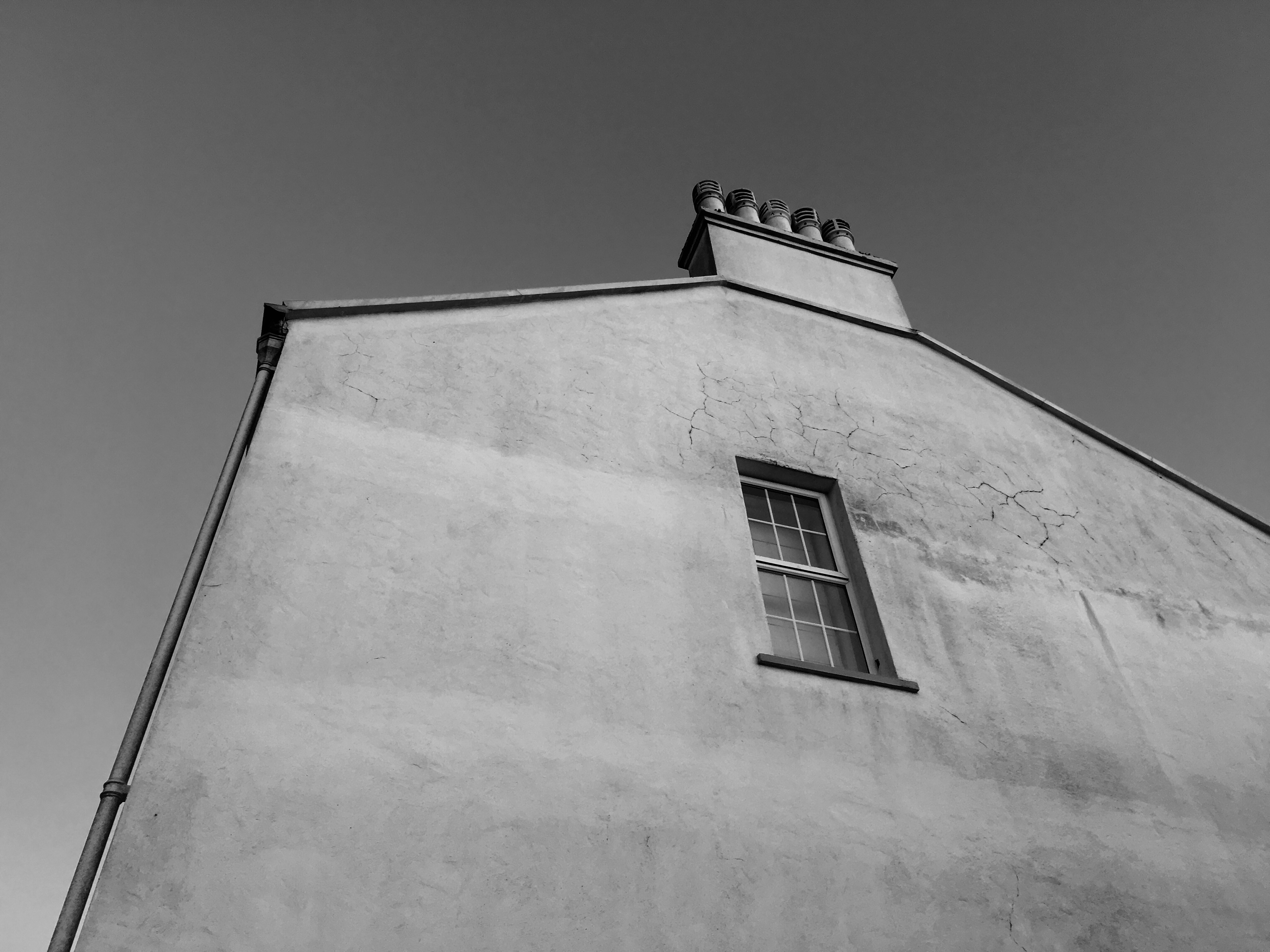Kings Street
King Street forms part of Saint Helier’s main shopping area in Jersey. It is a pedestrianised street which runs from Charing Cross at its west end to Queen Street at its east end.
 This map of King Street is believed to date from 1913. It shows clearly how relatively small the properties were on the south side of the street, compared with those on the north, which stretched back over what had previously been wet meadowland.
This map of King Street is believed to date from 1913. It shows clearly how relatively small the properties were on the south side of the street, compared with those on the north, which stretched back over what had previously been wet meadowland.
I first planned out where i was going to go to explore psycho geography on google maps and decided to walk along King Street. I printed out old photographs that were taken of buildings from the past, which also capture the environment of that time. I planned to compare the old images to present day and take a photo of the comparison. I researched what King Street looked like in the past and displayed a few to show the comparison between the two time periods.
I researched what King Street looked like in the past and displayed a few to show the comparison between the two time periods.

- I took a few photos of me comparing the present day to old photographs and found that these two worked to best as the buildings line up in both real life and the printed off image.
- The images also looked better in black and white as it makes them seem more historic.
- I especially like the one on the right as it shows how different the street was in the past with the car coming from the street which is no longer a road.
- The one on the left is from King Street in the 1970s. In 1978 the apple crusher was installed at the junction of Rue de Derrière and Ruette Haguais, and La Croix de la Reine at the junction of King Street and Broad Street as part of the pedestrianisation landscaping, a traditional. The left image is from the 1940s showing A German staff car in King Street during the Occupation.

These images also show the change over time on King Street. The first image shows buildings and people in the past and the second image shows what the same buildings look like in the present day. The first image contains quite a few people walking on the pavement dressed in old fashioned clothes, second image contains less people walking in the street and has construction work in the middle of the road.
 I also took pictures of the urban landscape when comparing the old images and photographed the surrounding environments. When doing this I tried to take the photos taking inspiration from the New Topographic photographers.
I also took pictures of the urban landscape when comparing the old images and photographed the surrounding environments. When doing this I tried to take the photos taking inspiration from the New Topographic photographers.
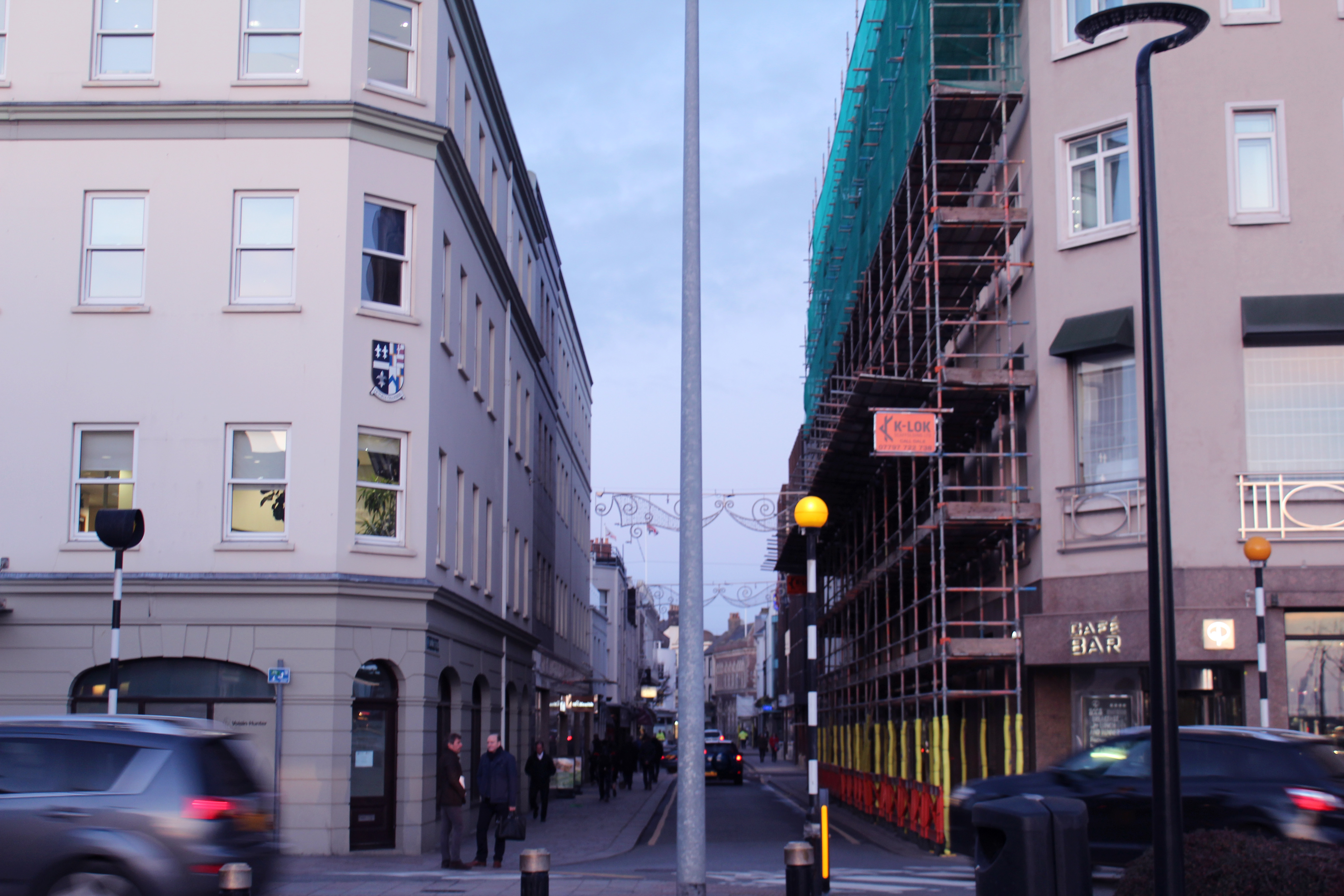
- When taking this photo I tried to capture the movement of the cars and the symmetrical alignment of the buildings to produce an overall aesthetically pleasing image.
- The lamp post in the middle divides the image in half, either side having similar layouts with the buildings and cars in similar place.
- I thought the image was powerful enough by itself and didn’t think it needed too much editing so i only gave the photo a pinkish tint and decreased the exposure slightly to create a softer appearance.
- I chose to take this photo at this angle to show urban activity continuing down the road with the rushing cars, people and construction along it. The blue sky contrasts with the pinkish buildings
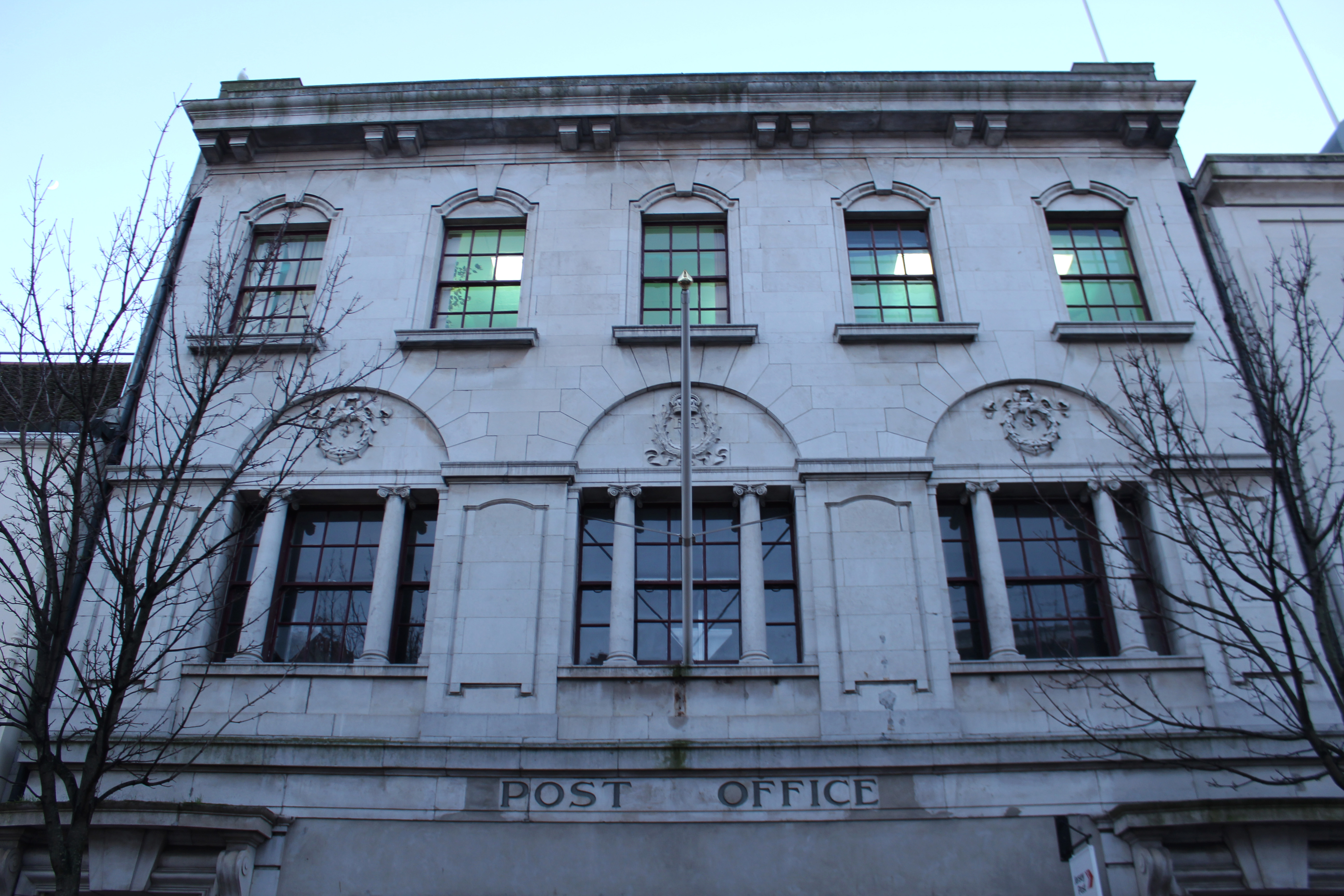


Visual:
- The angle at which this photo is taken makes the surrounding buildings look like they’re taller and towering over the camera, creating a tunnel like street.
- The buildings have a shadow cast over them but the bright sky creates a contrast between the two, emphasising the pathway.
- The layout of the image is nearly symmetrical as the photo was taken standing closer to the left side than the right. This makes the buildings on the left seem taller. I took the photo like this as it emphasises the pathway of the street.
- The photo is taken from a street view like a person would see when looking down the street as the other image showing the history of Kings Street is from the same angle.
Conceptual:
- The concept of this image was to compare history to present day thought the buildings on Kings Street.
- And to capture the atmosphere on King Street now compared to then.
Technical:
- The lighting in this image was natural and had a natural shadow over the buildings which i emphasised when editing.
- I used a wide angle lens so i was able to show the whole street
- I used a fast shutter speed to eliminate motion i the image and low exposure which was why the shadows were emphasised
Contextual:
- I placed both images beside each other to show the comparison from the historic image and the present day image.
- It shows how buildings and shops have developed and been re-designed over time







 One image that I particularly liked and decided to analyse was ‘Archival Pigment Print From a Surveillance Camera Feed’ which won the Lens Culture Emerging Talent Award 2016.
One image that I particularly liked and decided to analyse was ‘Archival Pigment Print From a Surveillance Camera Feed’ which won the Lens Culture Emerging Talent Award 2016. Technical: Marcus DeSieno’s piece consists of hacking into surveillance feeds to capture interesting imagery, the image itself seems to be taken on a gloomy day, capturing the silhouette of the mountain range in the distance whilst incorporating the Ansel Adams system throughout capturing a range of shades. The picture seems to have been deteriorated creating an old feeling to it whilst maintaining much of the crisp qualities of the original photo. A depth of field can be seen partially used through the use of the graininess and how the road snakes off into the distance removing detail from the image, but at the same time keeping out focus on the road.
Technical: Marcus DeSieno’s piece consists of hacking into surveillance feeds to capture interesting imagery, the image itself seems to be taken on a gloomy day, capturing the silhouette of the mountain range in the distance whilst incorporating the Ansel Adams system throughout capturing a range of shades. The picture seems to have been deteriorated creating an old feeling to it whilst maintaining much of the crisp qualities of the original photo. A depth of field can be seen partially used through the use of the graininess and how the road snakes off into the distance removing detail from the image, but at the same time keeping out focus on the road.


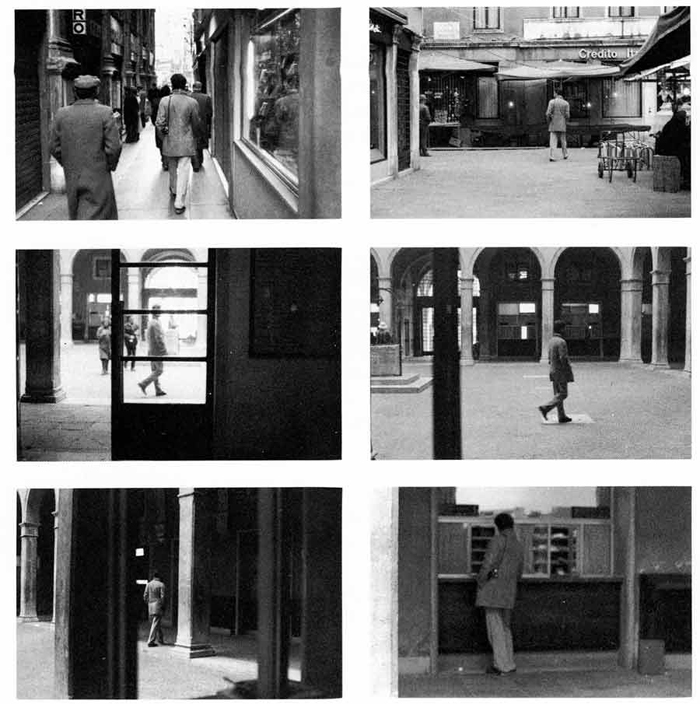





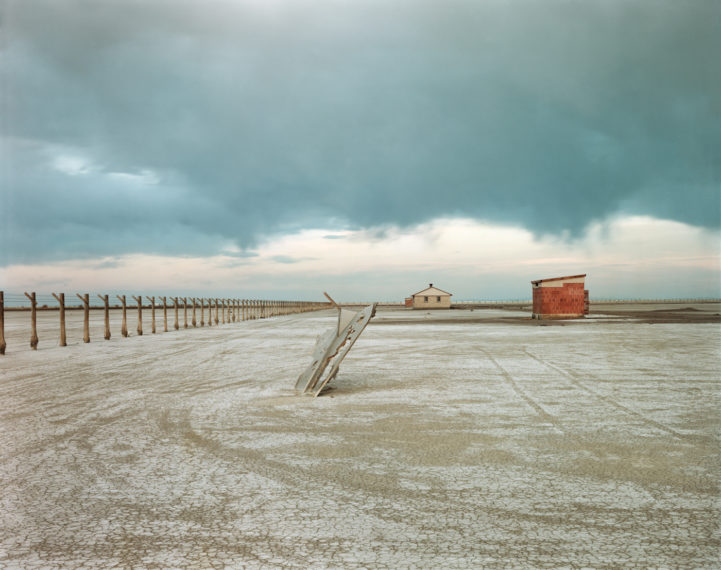



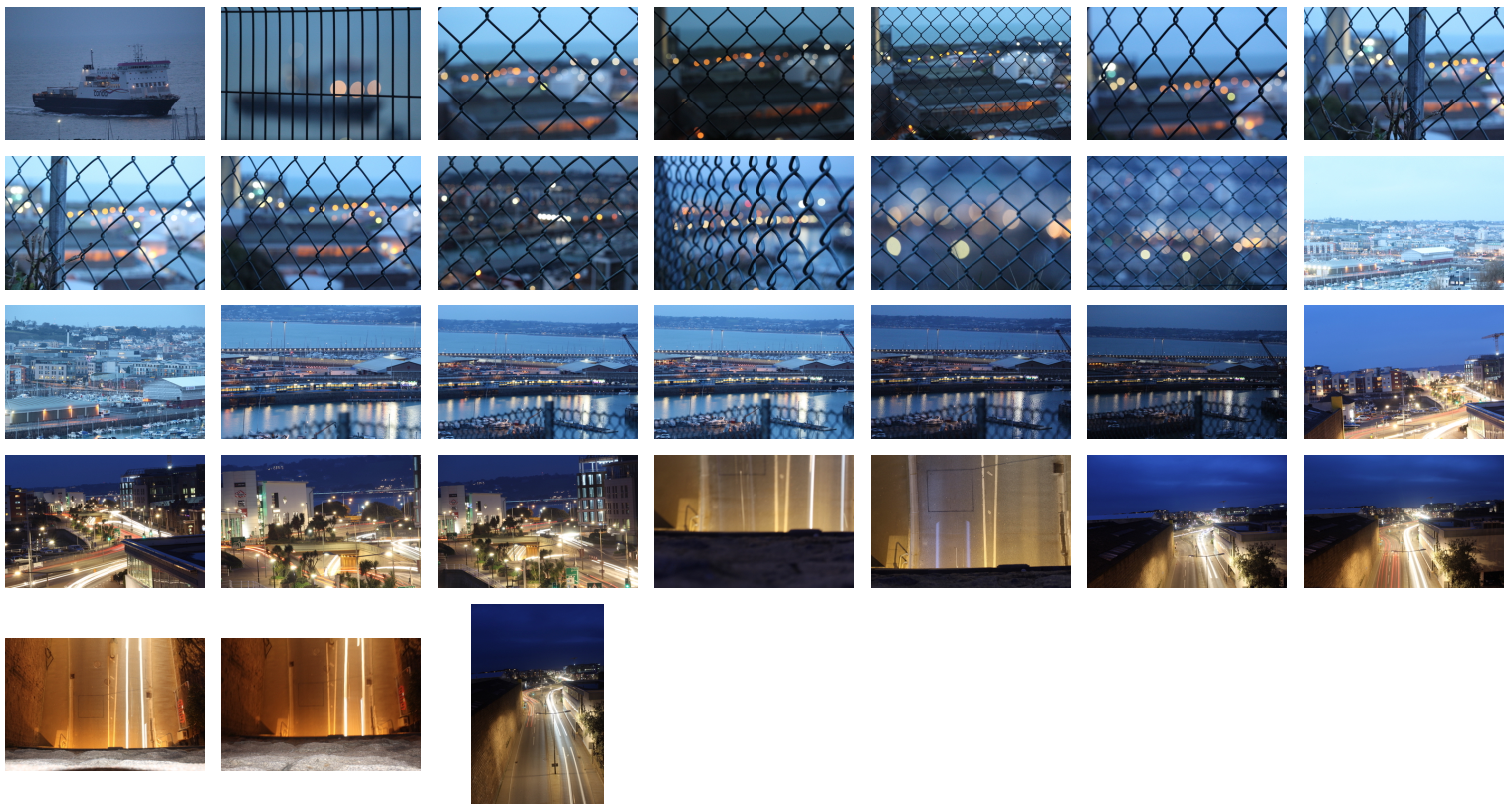








 Lighting: I will use natural lighting to take these photos and I will take them in the afternoon to avoid over exposed images with light flares.
Lighting: I will use natural lighting to take these photos and I will take them in the afternoon to avoid over exposed images with light flares.





